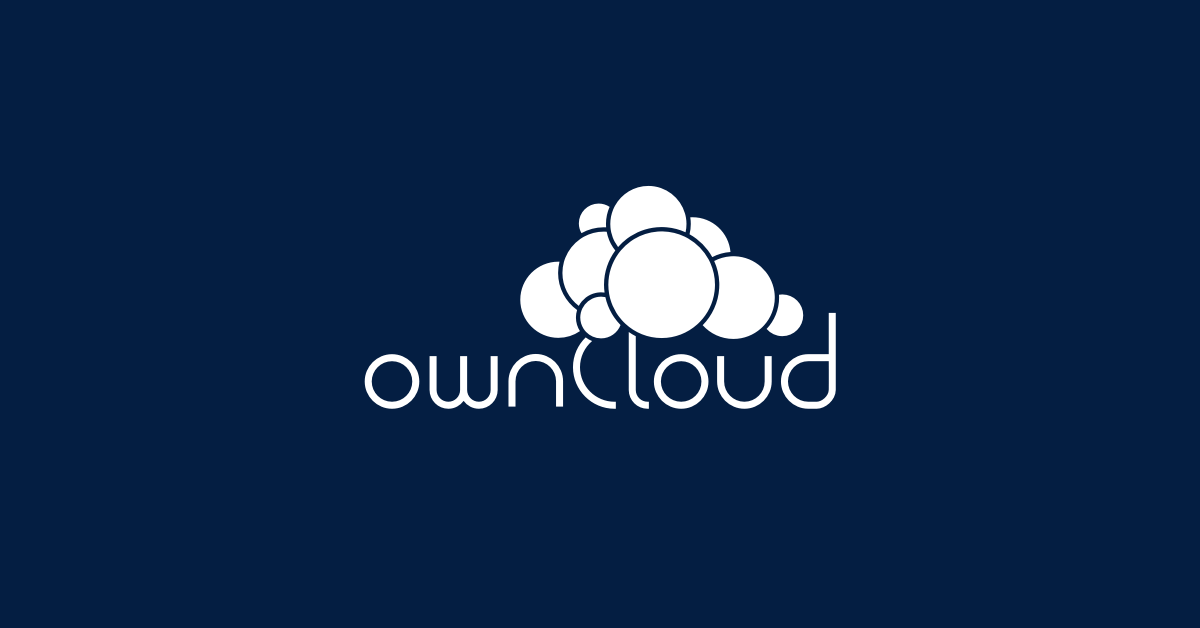I haven’t seen this posted yet here, but anybody self-hosting OwnCloud in a containerized environment may be exposing sensitive environment variables to the public internet. There may be other implications as well.
Absolutely not. Many applications used ENV variables for sensitive stuff even before. Let’s remember that the vulnerability here is being able to execute phpinfo remotely.
Containerization can do good for security, in general.
This is just a bad practice that was popularized by CI/CD solutions and later on by containers. I’m not saying containers aren’t good for security, what I’m saying is that they’re misused and abused and that images shouldn’t even be a thing. Isolation is great, blindingly trusting images made by someone and/or having people that don’t have any basic knowledge of security nor infrastructure suddenly being able to deploy complex solutions with a click ends up in situations like this.
OK, but how do you solve the problem? Trusting an image is not so different than downloading a random deb and installing it, which maybe configures a systemd unit as well. If not containers you still have to run the application somehow.
Ultimately my point is that containers allow you to do things securely, exactly like other tools. You don’t even have to trust the image, you can build your own. In fact, almost every tool I add to my lab, I end up opening a PR for a hardened image and a tighter helm chart.
In any case, I would not expose such application outside of a VPN, which is a blanket security practice that most selhosters should do for most of their services…
My point was that “random deb” and/or “random web application” are way less likely to come with unsafe default ENV based configuration files and usually go with the config files securely stored in system directories with the proper permissions enforced during installation or simple .php config files that won’t get exposed and that will require the user to configure in a proper way (like WordPress does by providing
wp-config-sample.phpbut not the finalwp-config.phpfile required to run it). Those are the solutions people used before the containerization hype and things were just fine.My second point: containers “lowered the bar”, allowing for almost anyone to be able to deploy complex solutions and this was / is bound to be a disaster. No matter how safe Docker and others become we can’t just expect people who know almost nothing about computers and networking to be able to safely deploy things. Even the ones that know a lot, like developers, sometimes use Docker to deploy things they wouldn’t be able to deploy otherwise and fall to the pitfalls of not understanding networking and computer security.
In any case, I would not expose such application outside of a VPN, which is a blanket security practice that most selhosters should do for most of their services…
Well, me too, however I understand that some people might want to expose it publicly because they might want to access their instances from public or work machines where they can’t install a VPN. For those cases I would recommend 2FA and only allowing specific IP addresses or ranges access to the thing - the office static IP, their ISP or eventually only the user’s country.




